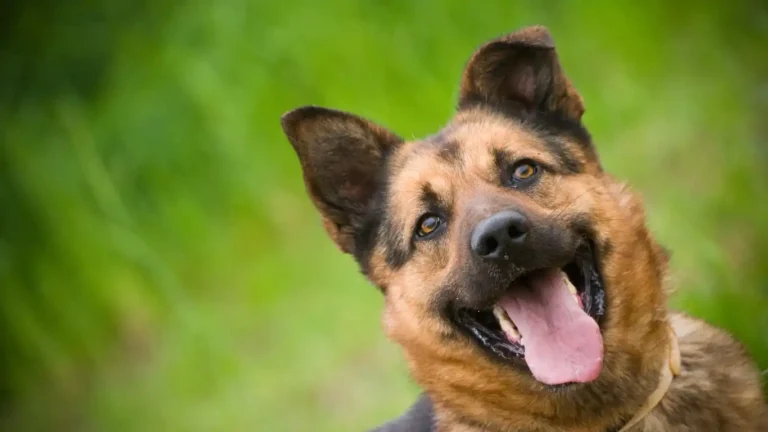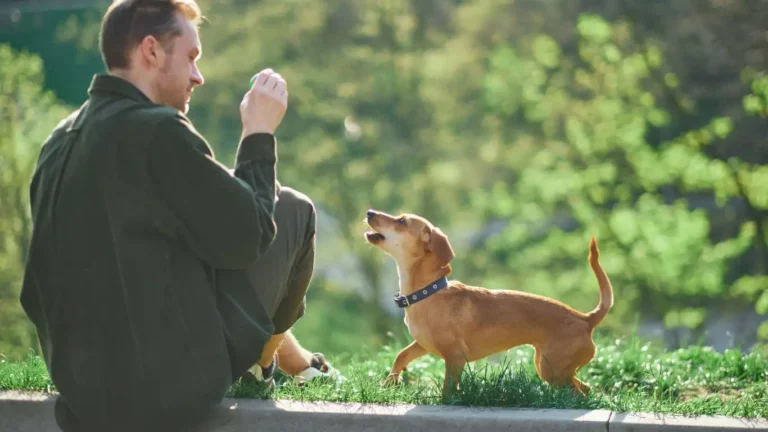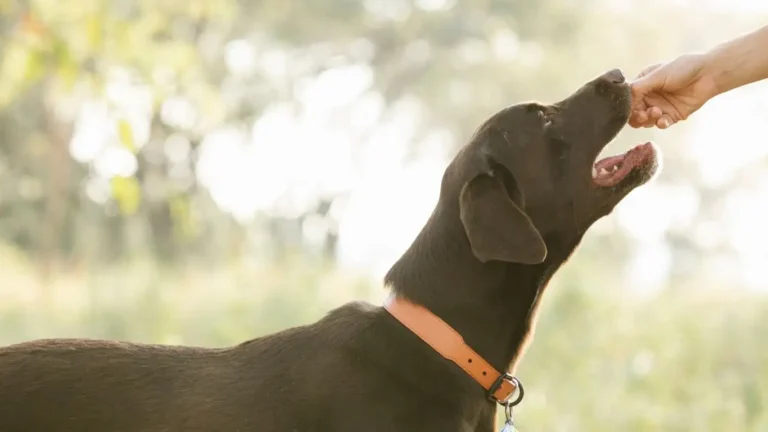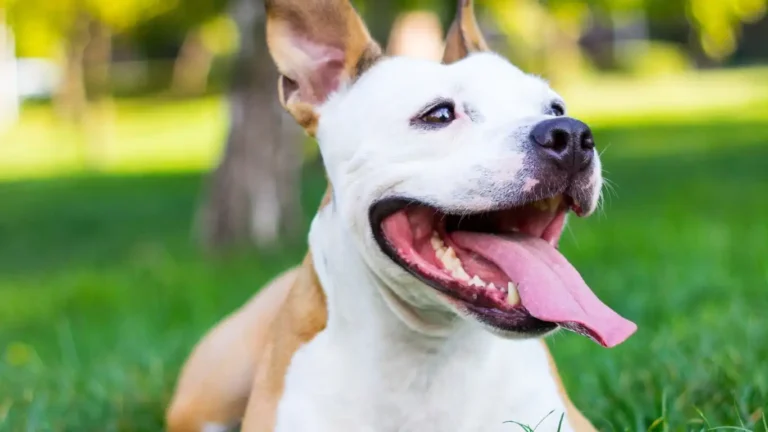Best Way to Train a Dog to Sit and Stay on Command: Effective Methods
Training your dog to sit and stay on command is one of the most rewarding and foundational aspects of pet ownership. If you’re a dog parent, you know how important it is for your furry friend to listen and respond to commands, not just for their safety but also for creating a stronger bond between the two of you. Whether you’re a first-time dog owner or an experienced handler, understanding the best way to train a dog to sit and stay on command is key to ensuring both their happiness and yours. In this post, I’ll share my personal experience as a Canine-Assisted Therapy Trainer and dive into methods that have proven successful for me over the years. You’ll get insights on how positive reinforcement, patience, and consistency are crucial elements in the process.
Why “Sit and Stay” Are Essential Commands
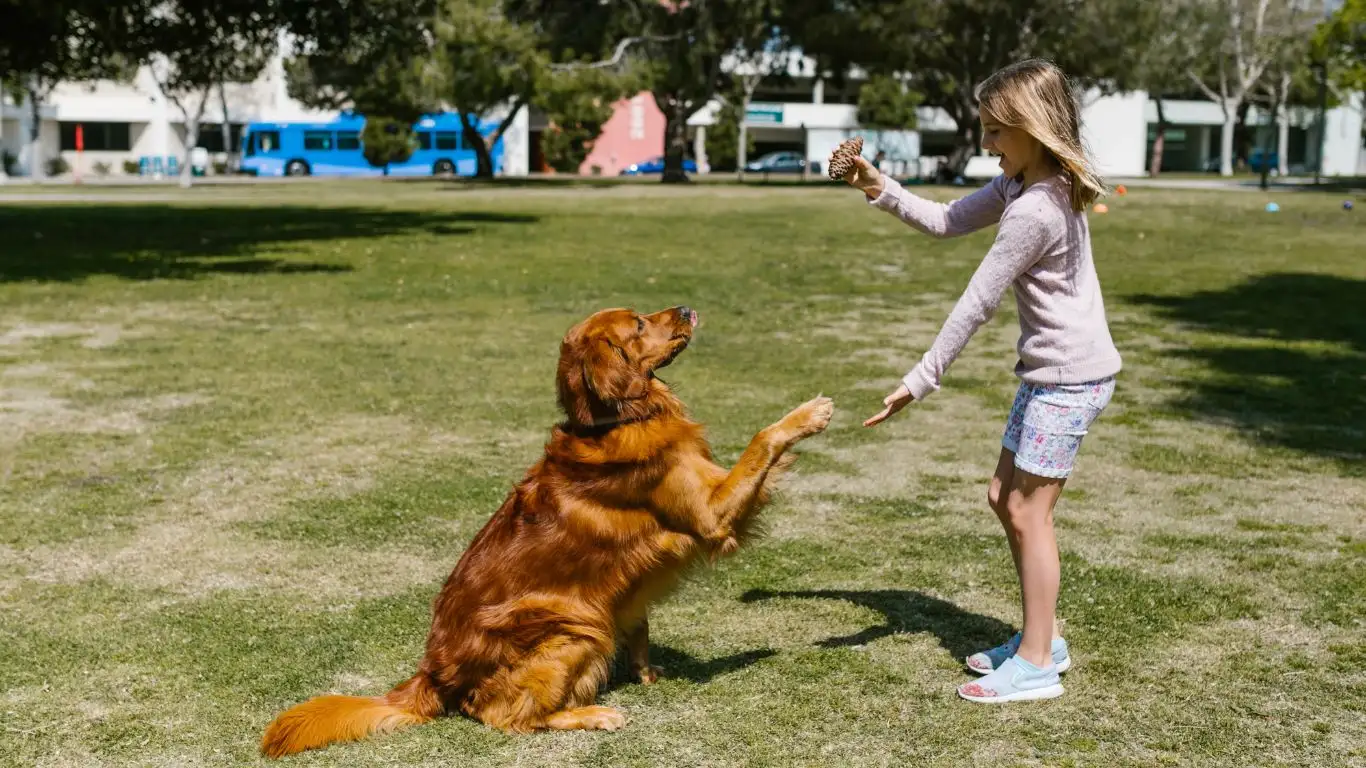
When it comes to basic dog training, teaching your dog the “sit” and “stay” commands forms the foundation of many other skills. I’ve seen countless dogs, from puppies to older rescues, benefit tremendously from mastering these commands. It’s not just about making your dog look obedient; it’s about teaching them discipline and respect for boundaries. Plus, knowing these commands can even help your dog stay safe in potentially dangerous situations.
In my work as a Canine-Assisted Therapy Trainer, I’ve often encountered clients who were amazed by the way these two simple commands changed the behavior and confidence of their dogs. Not only do they provide clear communication between you and your dog, but these commands also help with calming anxious behavior, preventing destructive habits, and reducing general stress. Once your dog is familiar with “sit” and “stay,” they’ll be much more responsive to other commands, which is a game changer for more complex training.
Start with the Basics: Laying the Groundwork for Success
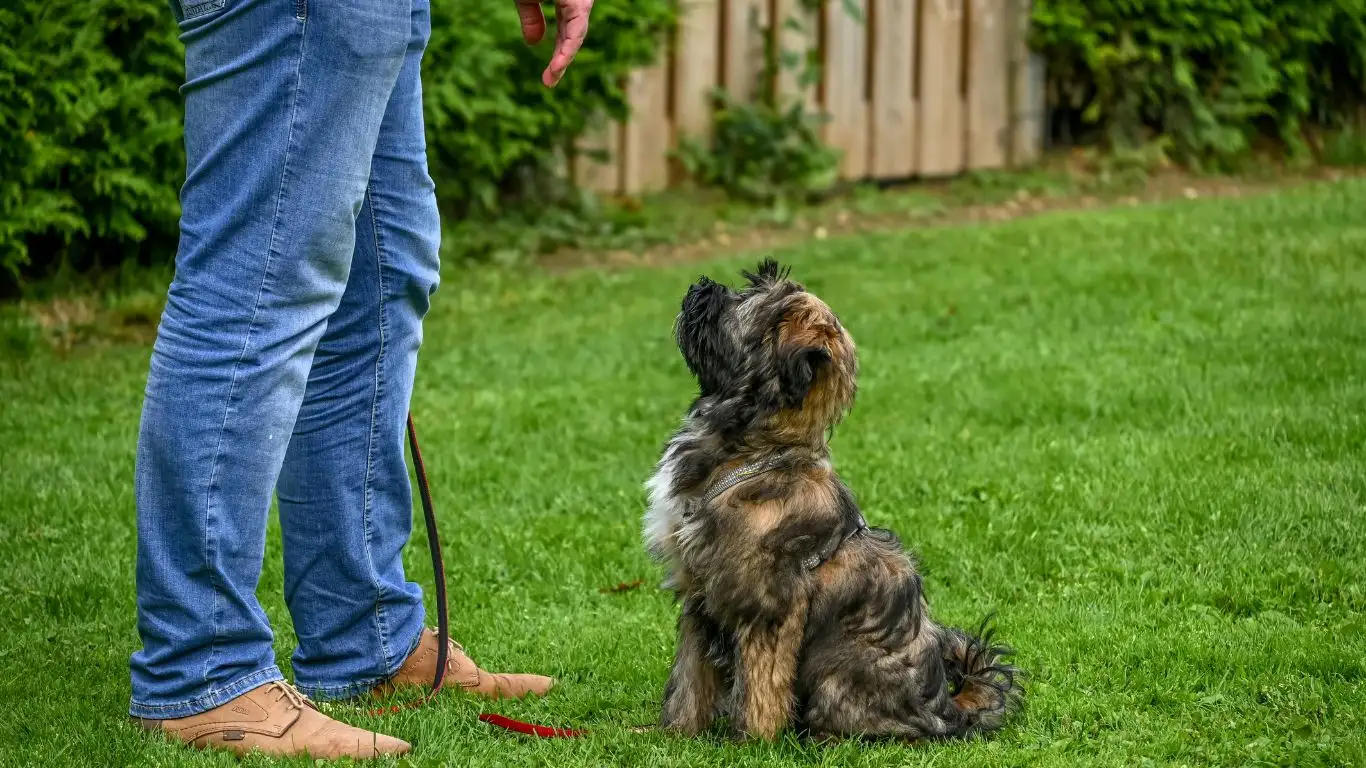
Before diving straight into training your dog to sit and stay, it’s important to set a solid foundation. This is where patience and consistency come into play—two of the most essential tools in any trainer’s kit. You want your dog to understand that training sessions are fun, predictable, and rewarding. If you’re starting with a puppy, or even an adult dog, you can break down the process into manageable steps. It’s not about perfection—it’s about progress!
Begin by creating a calm and distraction-free environment. If your dog is easily distracted, find a quiet room or an outdoor space with minimal activity. As you know, dogs love to explore, so if you’re working outside, I suggest starting early in the morning or in the evening when there are fewer things to catch their attention. Keep training sessions short, around 5 to 10 minutes each, to maintain their focus. I’ve learned over the years that less is more, especially when it comes to young dogs.
The Best Way to Train a Dog to Sit: A Step-by-Step Guide
Step 1: Use Positive Reinforcement
Positive reinforcement is one of the most effective training techniques I’ve used throughout my career. This involves rewarding your dog for doing something right, rather than punishing them for doing something wrong. Dogs respond well to praise, treats, or even a game of fetch! When you’re teaching your dog the “sit” command, you want to reward them the moment their bottom hits the floor.
Start by holding a treat close to your dog’s nose, then slowly move your hand upward. As their head follows the treat, their rear end will naturally lower into a sitting position. As soon as they sit, praise them enthusiastically with words like “Good dog!” or “Yes!” and give them the treat. I can’t emphasize enough how much dogs respond to your energy. When they see that sitting leads to something positive, they’re more likely to repeat the behavior.
Step 2: Consistency is Key
One of the biggest mistakes I see dog owners make is inconsistent training. Whether it’s using different commands or rewarding at the wrong time, inconsistency can confuse your dog. When you decide to teach your dog the “sit” command, stick to the same cue word and reward timing every time. This is essential in creating a predictable learning experience for your dog.
During my therapy dog training sessions, I’ve noticed that dogs really thrive when there is a clear structure. For instance, if you use the word “sit,” try to avoid saying “sit down” or “please sit” during training. Stick to just “sit,” and be consistent about when you reward them. The goal is for your dog to associate the word with the behavior. Over time, your dog will begin to respond to the command even without the treat in your hand!
Step 3: Short Training Sessions for Maximum Focus
One thing I’ve learned from my years of training therapy dogs is that less really is more when it comes to training sessions. Dogs, especially puppies, have limited attention spans. If you overdo it with long training sessions, your dog can lose interest, and their ability to absorb the information decreases.
I recommend doing a few short, focused sessions each day, rather than one long one. These 5 to 10-minute sessions will help your dog stay engaged and excited about learning. You can always build on the time as your dog’s attention span improves. It’s all about progress, not perfection. And remember, training should be fun for both you and your dog!
Common Challenges When Training Dogs to Sit and Stay
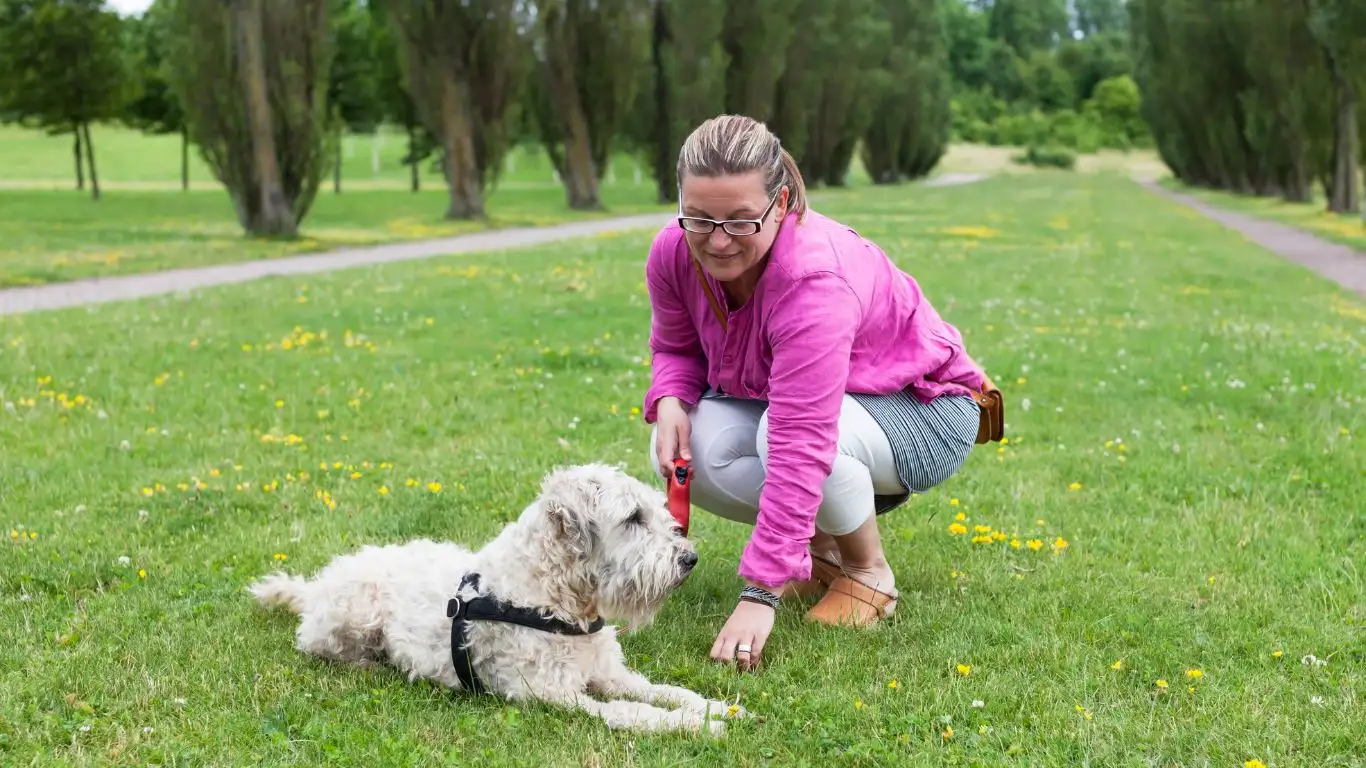
Every dog is different, and some may take a little longer to catch on than others. Don’t worry if your dog struggles at first. It’s all part of the learning process. One common issue I see is dogs who don’t stay seated when told. They may immediately stand up after sitting or get distracted by their surroundings. If this happens, it’s okay! In the next section, we’ll dive into how to teach your dog to stay once they’ve mastered sitting. But for now, don’t forget that patience is your best friend. Training takes time, and every dog is on their own journey. Just keep practicing consistently, and you’ll see improvements in no time!
Mastering “Stay” – The Next Step in Training
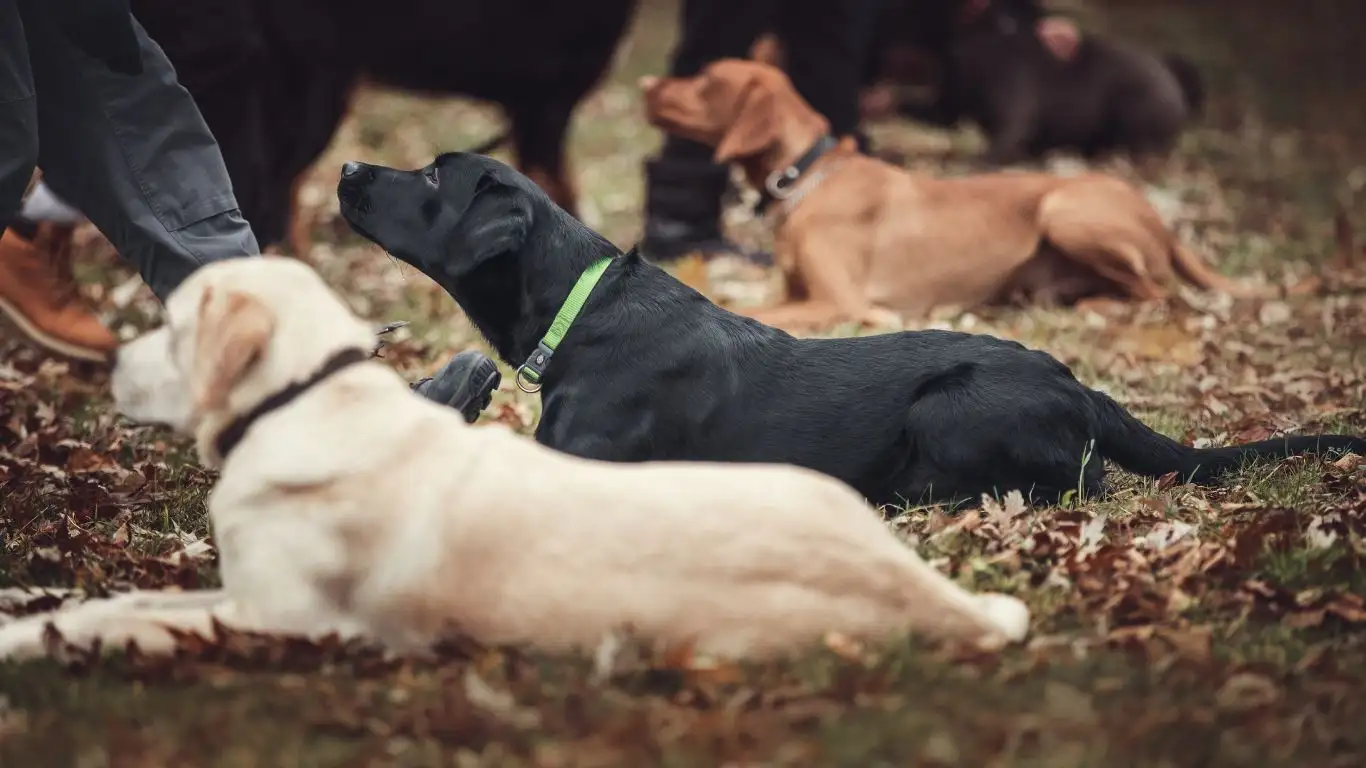
Once your dog has successfully learned to sit on command, the next step is teaching them to stay. This command is essential, especially when you want your dog to remain in one position for an extended period or in potentially distracting situations. I’ve worked with countless dogs that were good at sitting, but they struggled with staying in place. And believe me, I’ve seen the difference this command can make when properly mastered.
The “stay” command isn’t just about keeping your dog in one spot. It’s about building trust and reinforcing that their behavior is linked to clear expectations. While some dogs may catch on quickly, others may take a little more time. Remember, the goal isn’t perfection; it’s about building consistent habits. Now, let’s dive into how you can teach your dog to stay once they’ve mastered sitting!
Step 1: Start with a Solid Sit
Before you even begin to work on “stay,” you need to make sure your dog is solid on the “sit” command. I can’t stress this enough—it’s absolutely crucial that your dog is able to sit and hold the position before you can add the complexity of staying. If your dog doesn’t fully understand the “sit” command, they’re not going to be able to stay in place effectively. So, begin with a calm “sit” and then proceed to the next steps for teaching them to stay.
Step 2: Introducing the “Stay” Command
Once your dog is sitting reliably, it’s time to introduce the “stay” command. Hold a treat in your hand, and show it to your dog so they’re focused on you. Using the same calm, consistent energy you’ve been using, say the command “stay” in a clear, firm voice. You don’t need to yell or get overly excited; dogs respond well to calm authority. As you say “stay,” take a step backward while keeping eye contact with your dog. If they remain seated, reward them immediately with praise and a treat.
It’s important to start with just a few seconds of staying in place. You don’t want to overwhelm your dog by expecting them to stay for too long right away. Over time, as your dog gets better at it, you can gradually increase the duration. I’ve worked with dogs who took a bit longer to hold that position, but with patience, they all eventually got it. It’s all about reinforcing the behavior in a way that makes sense for your dog’s individual learning pace.
Step 3: Gradually Increase Distance and Duration
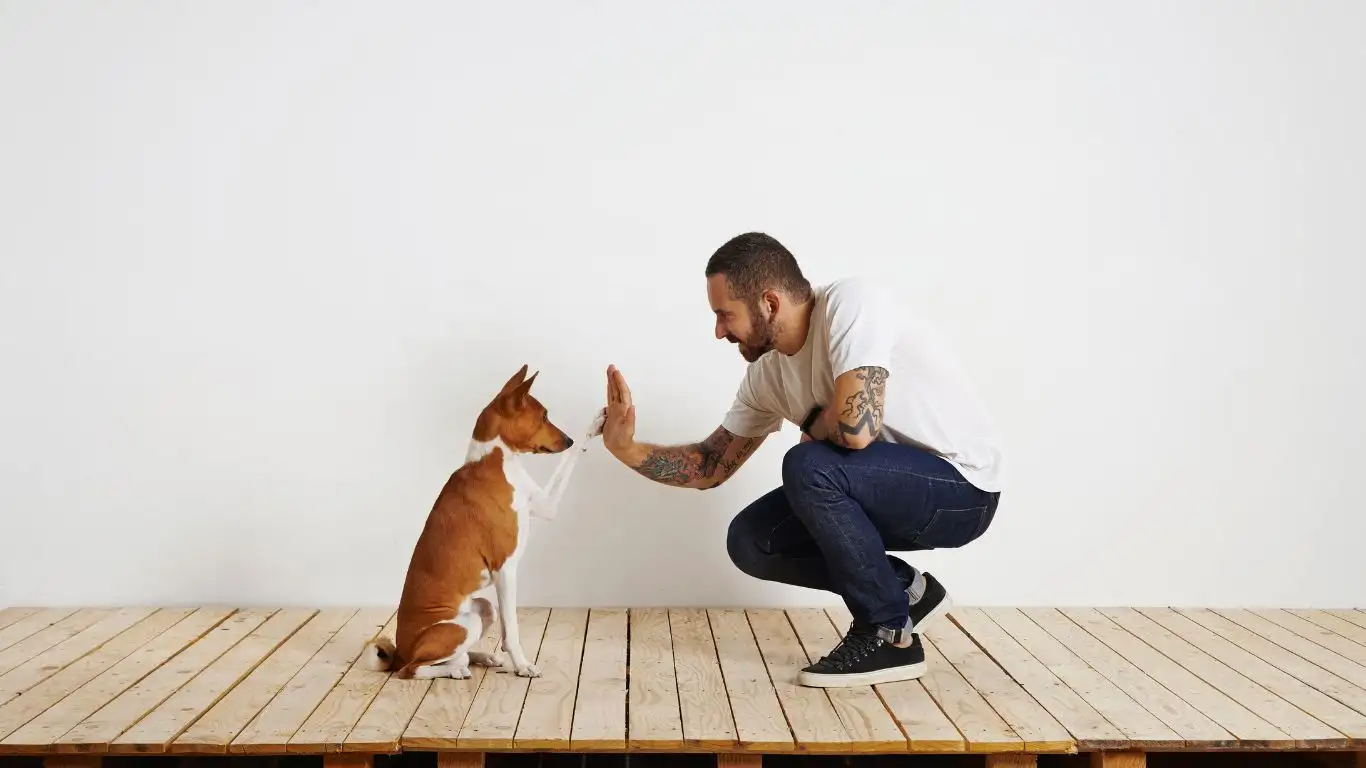
Now that your dog is staying for a few seconds, it’s time to add some complexity. Gradually increase the amount of time your dog stays in place before rewarding them. As they get comfortable with longer durations, start to increase the distance between you and your dog. Step further away, but keep an eye on your dog and their body language. If they break the “stay,” just calmly return to them, reset, and try again. Don’t get frustrated if they don’t hold the position for long periods right away—that’s normal! Dogs learn incrementally, and I’ve found that small steps often lead to bigger successes.
One thing that’s always worked for me when teaching “stay” is using a leash in the beginning stages. This allows you to gently guide your dog back into position if they move, without applying too much pressure. The leash should never be used to yank or force your dog into position; instead, use it as a gentle reminder. I’ve had great success with this method, especially with dogs that tend to be easily distracted or anxious.
Step 4: Add Distractions Gradually
Once your dog has the hang of staying in place for extended periods, it’s time to add some distractions. This is the stage where a lot of dogs can struggle because staying still becomes harder when there are external stimuli like other dogs, people, or noises. But don’t worry—this is completely normal, and with enough practice, your dog will become better at focusing on you despite the distractions.
Start by introducing mild distractions—like a family member walking around or a toy placed in the room. Observe your dog’s reaction. If they stay, reward them immediately. If they break the stay, calmly reset and try again. I’ve often found that with some dogs, simply placing a treat just out of reach can be enough of a distraction to see if they are truly holding the “stay” command. Over time, you can introduce more challenging distractions, like moving objects or even training outside where there are more natural stimuli. But always work at your dog’s pace—pushing them too quickly can lead to confusion or frustration.
Common Pitfalls to Avoid When Teaching “Stay”
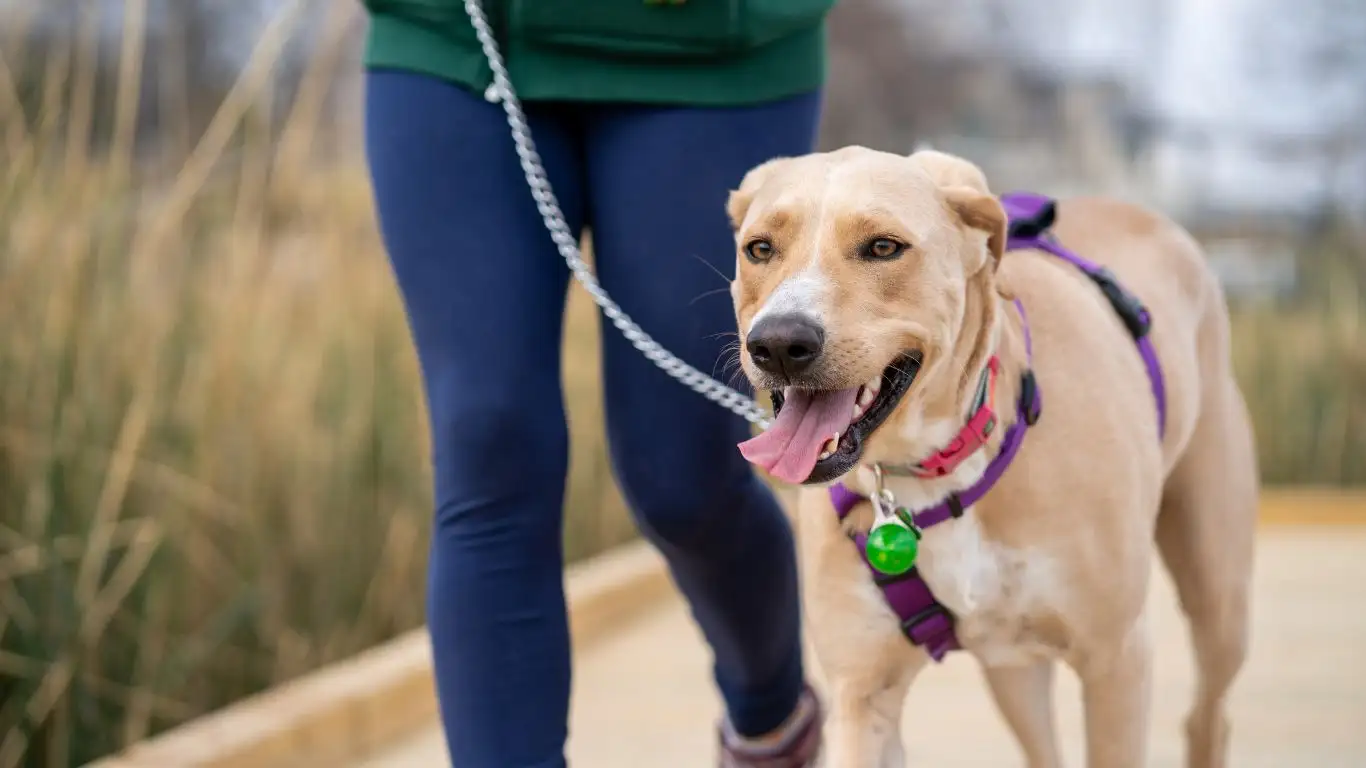
As with any training process, there are some common pitfalls I’ve seen over the years that can make the “stay” command more difficult for your dog to learn. Let’s go over a few of these so you can avoid them:
- Inconsistent Command Use: Just like with “sit,” using inconsistent commands or body language can confuse your dog. Stick to the same word and hand signals every time, so your dog knows exactly what’s expected of them.
- Too Much Too Soon: Pushing your dog to hold a stay for too long or too far away from you too soon can cause frustration. Always build on small successes before increasing the difficulty.
- Not Praising Enough: Some owners forget to praise their dogs when they’re doing well, thinking that the dog should “just know.” Positive reinforcement is the best way to encourage good behavior, so be generous with your praise and rewards!
It’s also crucial to remember that not every dog will learn at the same rate. Some dogs are naturally more independent and may need extra motivation to stay in one spot. I’ve worked with some dogs who were more energetic and had to practice multiple sessions a day to achieve success. Don’t be discouraged if things don’t progress as quickly as you hoped. Patience, consistency, and positive reinforcement will get you there!
Reinforcing the “Sit and Stay” Commands Over Time
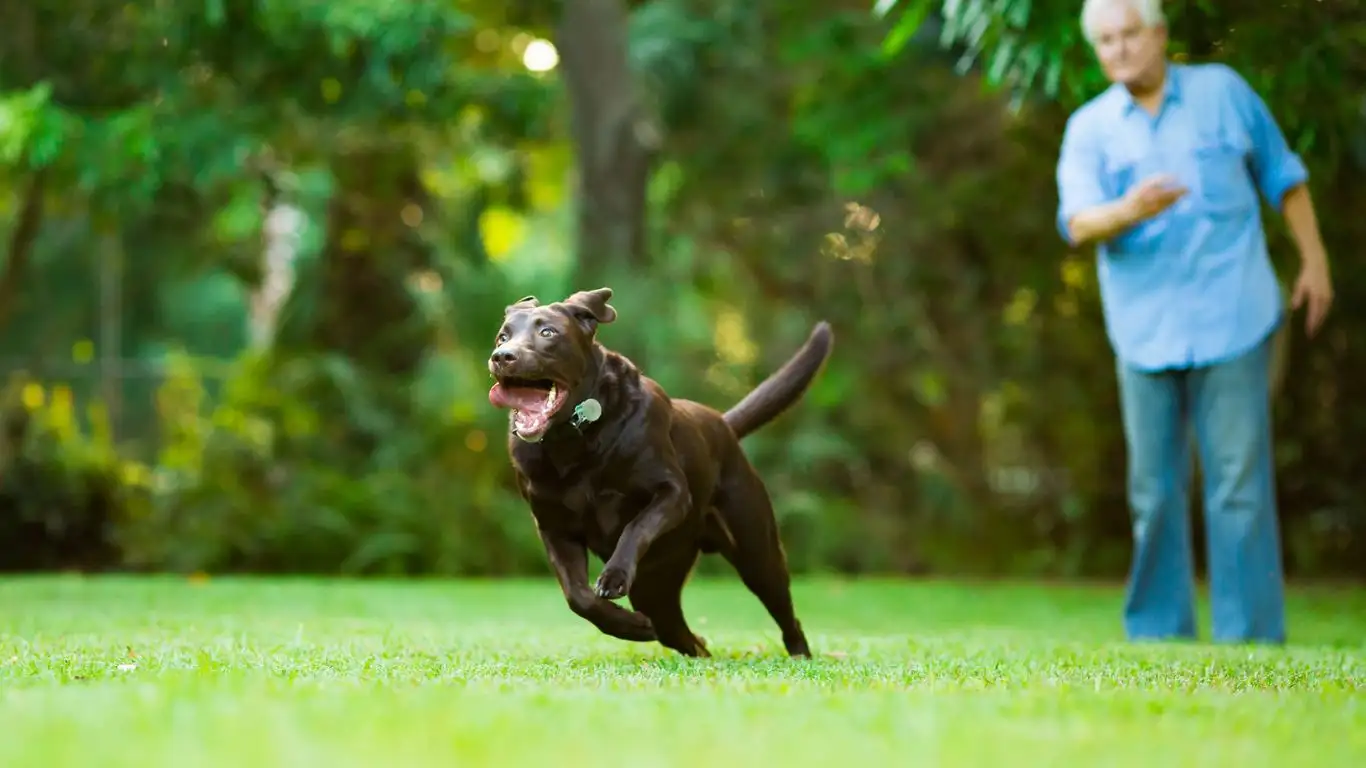
Congratulations! By now, your dog should have a solid understanding of how to sit and stay on command. But the learning doesn’t end there. To ensure your dog retains these skills, you need to keep reinforcing them regularly. Even though they’ve learned the commands, it’s essential to continue practicing, gradually increasing the complexity of the exercises to keep your dog sharp and engaged. Let’s talk about some of the ways I’ve found to help with maintaining and reinforcing the “sit” and “stay” commands over time.
Short, Frequent Sessions
One of the best ways to keep your dog’s training fresh is by scheduling short, frequent training sessions. I always recommend five to ten-minute sessions rather than longer, drawn-out ones. This helps prevent your dog from becoming bored or fatigued, keeping them focused and eager to continue learning. In my experience, dogs are much more receptive to shorter, daily training sessions than long ones. It’s all about consistency over time.
During these sessions, keep practicing the “sit” and “stay” commands but challenge your dog a little more each time. You can add distractions, such as moving objects, or practice in new locations. I’ve found that adding variety to training sessions keeps the process exciting for both you and your dog. The more your dog practices these commands, the more ingrained they become in their routine.
Varying Environments and Locations
Another key element in reinforcing the “sit” and “stay” commands is practicing in different environments. Dogs are very context-driven, meaning they often associate specific locations with specific behaviors. For example, if you’ve been training your dog to stay in the living room, they might only perform well in that space. But to ensure they can follow the commands no matter where they are, it’s important to gradually introduce them to new settings.
I’ve found that training outdoors, at parks, or even around other dogs and people can be incredibly beneficial in reinforcing these commands. It tests your dog’s ability to focus and remain calm despite new stimuli. Of course, always start small and gradually increase the challenge. It’s better to set your dog up for success by choosing environments where they can focus before stepping it up to more difficult distractions.
Addressing Common Behavior Issues That Arise During Training
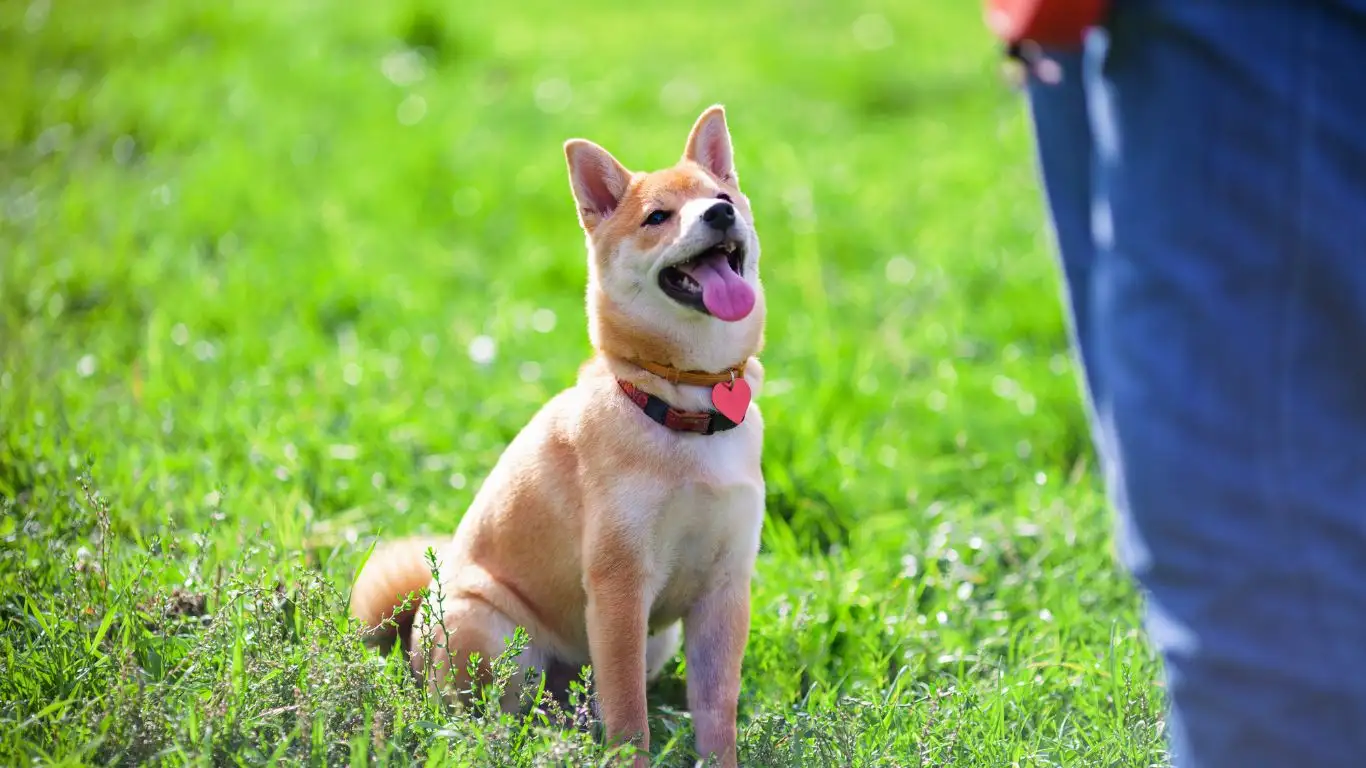
As with any aspect of dog training, there are bound to be challenges along the way. Even with consistent training, you may encounter some behavior issues that can derail your progress. It’s important not to get discouraged. Every dog is different, and learning is a process. Below are some common behavior issues I’ve come across during the training of “sit” and “stay” commands, along with tips on how to overcome them.
Dog Breaking the “Stay” Command
One of the most common issues I encounter is a dog breaking the “stay” command too early. This usually happens when your dog is still learning the boundaries of the command and may get distracted by their environment. If your dog consistently breaks the stay, don’t get frustrated—just calmly return them to the sitting position and try again. I’ve learned that increasing the duration of the “stay” command slowly and patiently is key to success.
If the distractions are too much for your dog, consider reducing the difficulty level for a while. Go back to practicing in a quieter, less distracting space and gradually build back up to tougher environments. As dogs are often motivated by rewards, don’t forget to praise and treat them when they hold the position. This reinforces the good behavior and reminds them of the reward for staying in place.
Not Responding to the “Sit” Command Immediately
Another issue I often see, especially with younger or more energetic dogs, is not responding to the “sit” command immediately. This can be especially frustrating when you’re trying to get them to sit before the “stay.” The key here is to be patient and consistent with your training. If your dog doesn’t respond right away, don’t repeat the command multiple times. Instead, gently guide them into the position using a treat or your hand. If needed, take a break and try again later to avoid overwhelming them.
Over time, your dog will associate the “sit” command with the expected behavior. I’ve had to do this with many dogs, but with time, they will catch on. Just ensure that you’re not rushing the process. Consistent practice over time is how you’ll eventually see progress.
Distractions and Loss of Focus
Many dogs, particularly younger or high-energy ones, have trouble staying focused during training. This is especially common when teaching the “stay” command in environments with many distractions. In these cases, start by reducing the distractions around you. If you’re working outside, consider starting your training in a quieter area, like a backyard or an empty park. Gradually increase the distractions as your dog gets better at staying focused on you.
Another helpful tip is to vary your reward system. Sometimes, high-energy dogs need more than just treats to stay engaged. I’ve used toys or interactive play as rewards when dogs need a little extra motivation. You might find that your dog responds better to a game of fetch or tug-of-war as a reward for following the commands.
Additional Tips for Continued Success
- Stay Calm and Patient: It can be easy to become frustrated when training isn’t progressing as fast as you’d like. But your dog will take cues from your energy. If you stay calm and patient, they’re more likely to stay calm and focused.
- Gradual Progression: When moving from one step to the next, always ensure that your dog is comfortable. If they’re not ready for the next challenge, slow things down and continue practicing the previous step until they’re fully confident.
- Use Hand Signals: Some dogs respond better to hand signals than verbal cues. If you’re finding that your dog is having trouble with verbal commands, try incorporating hand signals to complement your words.
By continuing to practice and refine these commands, you’re not only teaching your dog good behavior, but you’re also strengthening your bond with them. Dog training is a lifelong process, and the more you put into it, the more you’ll get out of it. Enjoy the journey, and remember—small steps lead to big changes!
Disclaimer:
While these techniques have proven successful for me as a Canine-Assisted Therapy Trainer, it’s important to note that every dog is unique. What works for one dog may not work for another, so always adapt your training methods to suit your dog’s individual needs. If you encounter persistent behavioral issues or need personalized advice, don’t hesitate to consult a professional dog trainer or behaviorist.
For more information on dog training and behavioral tips, you can check out trusted resources such as PawPatron.
